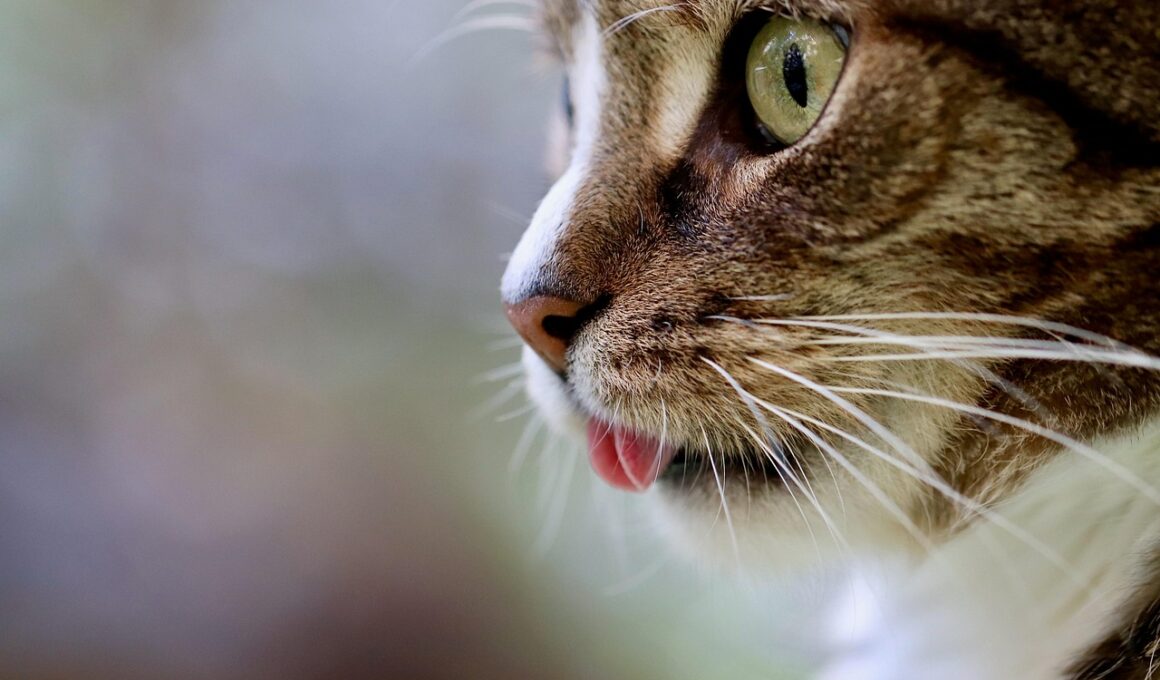How to Make Recall Training Fun for Your Cat
Training your cat to come when called can be a delightful experience that strengthens your bond. To begin, gather some tasty treats that your cat enjoys; they will be the motivators during your training sessions. Start in a quiet room, free from distractions, which will allow your cat to focus. Hold a treat and call your cat enthusiastically using a consistent command like ‘Come!’ Utilize a warm tone and encourage them further by using their name. When your cat approaches you, reward them immediately to reinforce the positive behavior. With patience and repetition, your cat will learn to associate coming when called with receiving a reward, creating a fun training routine.
To make the training process even more enjoyable, consider incorporating playtime into your sessions. Use a favorite toy on a string or a laser pointer to engage your cat physically while encouraging them to come over. As your cat moves towards you, call them and reward them as they arrive. This dual approach combines the excitement of play with the goal of recall training, making it more dynamic and engaging. Additionally, mixing up treats and toys can keep your cat enthusiastic about learning this important command. It’s essential to ensure that the treats are healthy and suitable for your cat to avoid health issues. By doing so, you also promote a fun and active training experience.
Incorporating a clicker can be beneficial during recall training and may enhance the overall effectiveness. A clicker provides a clear, consistent sound that tells your cat they have done something right. As you call your cat and they respond, click the device and treat them immediately. This positive reinforcement method helps to solidify the connection between the command and the reward in your cat’s mind. Ensure that the clicker is used only during training so your cat quickly learns what behavior you want. Over time, this technique can lead to more reliable responses, making the training sessions enjoyable and effective for both you and your pet.
Creating a Distraction-Free Environment
A distraction-free environment is crucial during the initial stages of recall training. Cats can easily be sidetracked, so starting in a quiet area helps them concentrate fully on learning. Once your cat successfully responds to the call in a calm setting, slowly introduce distractions. Gradually increase the challenge by moving to slightly busier areas, but always ensure that they are still manageable for your cat. Monitor your cat’s reactions and adjust the training environment according to their comfort level. When they respond well despite distractions, offer plenty of praise and treats. This gradual approach prevents overwhelming your cat and fosters confidence in their abilities.
The timing of your training sessions can also impact their effectiveness. Cats are generally most alert and eager to engage in the early morning or late evening when they are naturally more playful and active. Aim to keep training sessions short and engaging, lasting around 5 to 10 minutes to maintain your cat’s interest. Frequent short sessions are more beneficial than sporadic longer ones, as they are easier for your cat to handle. Ensure to practice in various locations around your home to generalize the recall command. Following this routine helps solidify their training without causing boredom or fatigue, leading to better outcomes.
Building a Positive Experience
Your approach to the training sessions should prioritise creating a positive experience for your cat. If your cat seems disinterested or anxious, it may be best to take a break and try again later. Pay attention to their body language and moods, adjusting your techniques as necessary. Reinforcing positive behavior consistently and avoiding frustration will build a trusting environment where your cat feels safe to learn. Celebrate small achievements along the way, as even minor successes can boost motivation. Keeping the mood upbeat encourages your cat’s participation and enthusiasm, making them more inclined to enjoy the process of learning.
Finally, patience is a crucial component of training, especially with cats. Each cat learns at their own pace; some may grasp commands quickly, while others require more time. Being patient and understanding will help you to maintain a positive training environment. Avoid rushing your cat or showing frustration if they do not respond as expected. Consistency in your commands and the training routine will yield the best results over time. Make sure to end each session on a high note by rewarding your cat for participating, whether they learned the command or not. This helps reinforce the fun aspect of training.
In conclusion, training your cat to come when called can be a fun and rewarding experience for both you and your furry friend. By utilizing methods such as treats, play, a clicker, and maintaining a distraction-free environment, you pave the way for successful recall training. Always prioritize the cat’s comfort and interests, building a training routine that is enjoyable and effective. Remember, the key is to stay positive, be patient, and celebrate every little success along the way as you watch your cat thrive through learning. With dedication and engagement, your cat will soon be confidently responding to your call!


